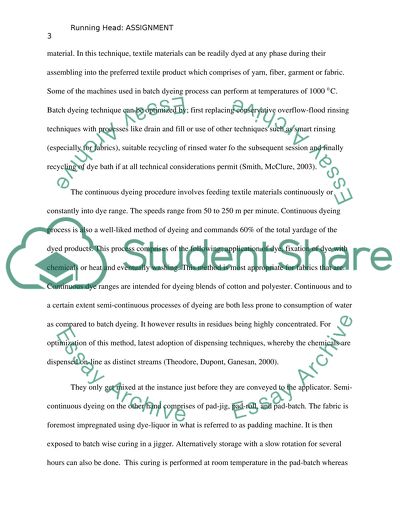Cite this document
(Fabric Dye Assignment Example | Topics and Well Written Essays - 1500 words, n.d.)
Fabric Dye Assignment Example | Topics and Well Written Essays - 1500 words. https://studentshare.org/technology/1649927-fabric-dye
Fabric Dye Assignment Example | Topics and Well Written Essays - 1500 words. https://studentshare.org/technology/1649927-fabric-dye
(Fabric Dye Assignment Example | Topics and Well Written Essays - 1500 Words)
Fabric Dye Assignment Example | Topics and Well Written Essays - 1500 Words. https://studentshare.org/technology/1649927-fabric-dye.
Fabric Dye Assignment Example | Topics and Well Written Essays - 1500 Words. https://studentshare.org/technology/1649927-fabric-dye.
“Fabric Dye Assignment Example | Topics and Well Written Essays - 1500 Words”. https://studentshare.org/technology/1649927-fabric-dye.


